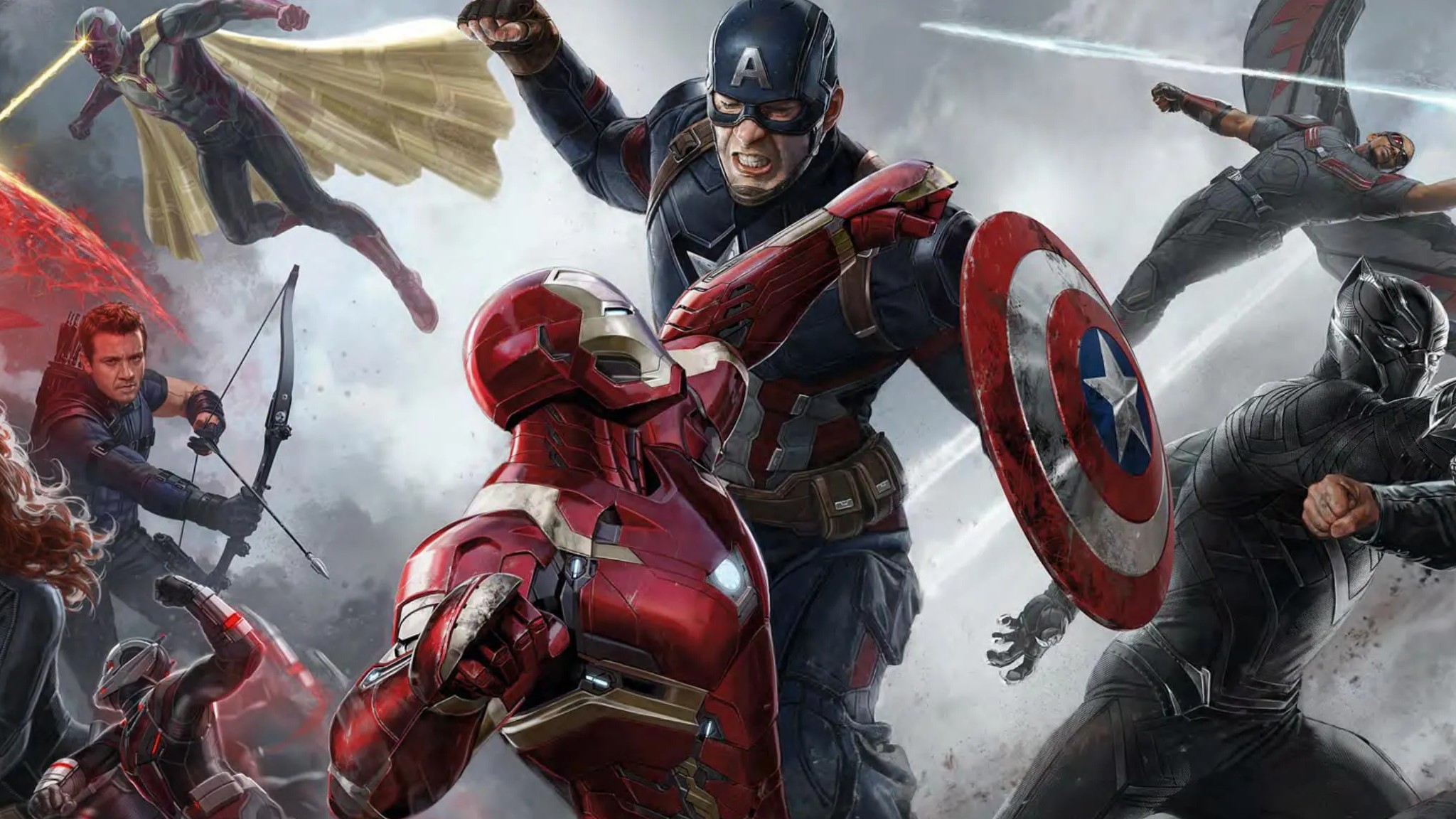
Since 2008, when Iron Man debuted, the Marvel Cinematic Universe (MCU) has blazed new trails. Many comic book enthusiasts have flocked to witness their heroes in action, but the franchise has also attracted a fresh audience. Yet, it’s clear that the MCU hasn’t shied away from significant transformations. These changes span from tweaking small aspects to overhauling the fan experience entirely, enabling the franchise to evolve and adapt. Though fans may argue about the merits of certain changes, there are undeniable elements that have contributed to the MCU’s continued success.
Over time, those responsible for the MCU have been meticulously crafting a viewing experience rather than directly adapting comic book stories into movies, which some fans might have preferred. This approach led to changes in characters’ traits and adjustments in storylines to achieve a satisfying conclusion. On one hand, this strategy is the franchise’s greatest asset; on the other, it could be seen as its major drawback since taking risks often brings significant benefits.
1) Dropping the Need for Secret Identities

One of the most significant transformations brought about by the Marvel Cinematic Universe (MCU) has a profound impact on the superhero genre as a whole. The initial Iron Man film dismantled a long-standing trope that fans were accustomed to: the reliance on secret identities and alter egos. In the comics, Tony Stark had been maintaining for decades that Iron Man was just his bodyguard. Initially, the movie was intended to adhere to this convention, but Robert Downey Jr.’s input altered the script, thereby reshaping our future expectations.
Indeed, numerous characters in the Marvel Cinematic Universe have chosen to preserve their alias identities as much as possible. For instance, Spider-Man wished he could keep the name Peter Parker out of the limelight, but circumstances made that impossible for him. In contrast, heroes such as Doctor Strange, Captain America, and Scarlet Witch felt no need to conceal their real names from public knowledge. They don’t openly reveal their identities, yet they don’t feel the same level of pressure to hide them.
2) Threading Multiple Movies Together
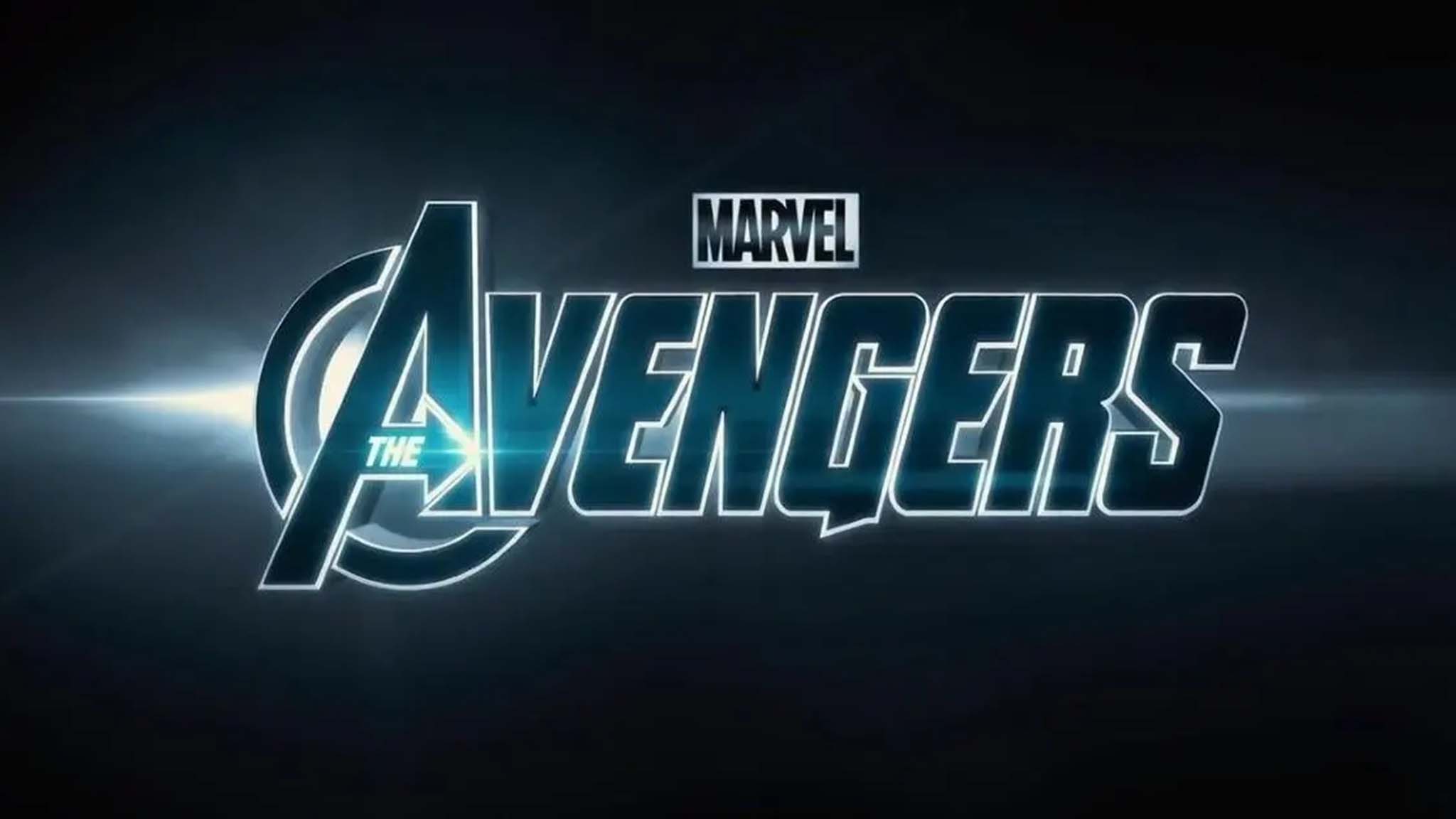
The Marvel Cinematic Universe wasn’t shy about experimenting with movie and series structures, intertwining stories to offer various journeys. Initially, standalone films for characters like Iron Man, Hulk, Thor, and Captain America were connected, paving the way for an Avengers team-up (accompanied by Black Widow and Hawkeye). This was a novel approach at the outset, but it reached its zenith when Avengers: Infinity War was released.
This film was the talk of the town during the season, with people everywhere discussing it. It seamlessly incorporated multiple heroes from their individual tales into one larger narrative. Although this concept had been previously explored in comics, it represented a pioneering milestone for the cinematic world. To be fair, following the events of “Avengers: Endgame,” some Marvel enthusiasts began to feel oversaturated, partly due to an excessive release pace by the studios. However, this demonstrates the importance of striking a balance, as well as the potential for success when done right.
3) Adapting Existing Characters to Fit Current Stories

While fans might hope for an exact transfer of our beloved comic book storylines onto live-action screens, it’s not always feasible. The secret lies in figuring out how to modify the plot and characters effectively. For instance, the Marvel Cinematic Universe often alters character dynamics and their ties to the broader universe, making these connections more robust, which in turn enhances the narrative consistency of the current stories.
There are numerous instances of such occurrences, ranging from subtle alterations like Black Widow’s introduction in Iron Man 2 (and Hawkeye’s in Thor) to significant character transformations. For instance, Tony Stark did not intentionally expose himself to the Extremis Virus, although some fans might have preferred that scenario. Similarly, Bucky was never officially designated as a sidekick. Moreover, Thanos’ reasons for his actions differed from the comics to the films, and Hela’s familial connections were reimagined (in the comics, she was Loki’s daughter, but making her Thor’s sister was a daring choice that proved successful).
4) Making Room for Different Perspectives
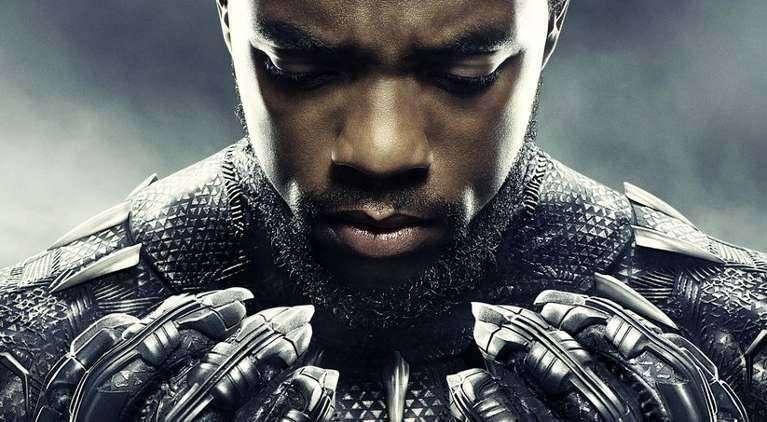
One significant achievement shared by Marvel Comics and the Marvel Cinematic Universe (MCU) is their inclusivity towards diverse narratives. In the comic books, Kamala Khan’s story as Ms. Marvel set new milestones. Similarly, the MCU expands its scope globally, with stories encompassing Earth and beyond, ranging from the traditional tales of Iron Man to cosmic journeys with the Guardians of the Galaxy, and even mystical escapades like those involving Doctor Strange.
In much the same way, the franchise has offered a more relatable perspective on these characters. The captivating narrative in Black Panther, featuring an antagonist with surprising convincing arguments, left viewers spellbound. Following this, the Marvel Cinematic Universe has been open to various explorations, like WandaVision, Moon Knight, and Ms. Marvel, along with numerous other journeys. Some may contend that these stories warranted a full-length film instead of being relegated to series format, but they do raise valid points. Ultimately, though, we’re simply thrilled that they were even given the opportunity.
5) Trusting the Audience
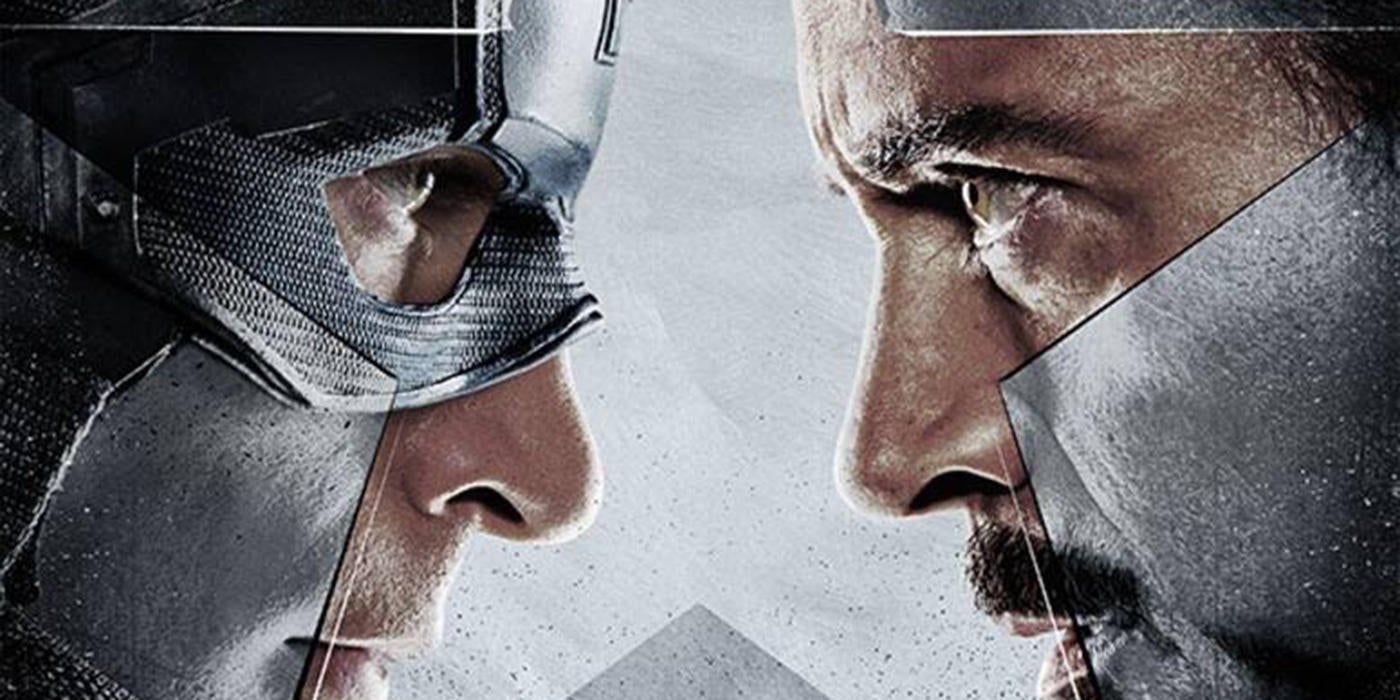
Skilled storytellers understand that they should rely on their audience, rather than leading them step-by-step. In the Marvel Cinematic Universe (MCU), creators often give audiences the freedom to draw conclusions and connect the various plot points, demonstrating faith in their ability to piece together complex narratives independently. This approach is evident in a variety of ways, from hints dropped during post-credit scenes to presenting themes and ideas on a grand scale that the audience can grasp without excessive handholding.
In the Marvel Cinematic Universe (MCU), films didn’t feel compelled to spell out their themes; rather, they allowed them to emerge organically. As a prime example, “Captain America: Civil War” demonstrated daring narrative, presenting complex viewpoints that diverged significantly. Unlike other films that might try to dictate who was right in the conflict, this movie refrained from telling us and instead empowered viewers to form their own opinions on the issue at hand.
In most Marvel Cinematic Universe (MCU) films, significant moments and feelings are shown subtly without explicit labeling, allowing audiences to interpret them on their own. For instance, Tony Stark’s PTSD in “Iron Man 3” was evident to viewers, and adding a character explicitly mentioning it might have seemed condescending or heavy-handed. Similarly, Wanda’s raw grief in “WandaVision” is palpable without characters directly stating it, enabling the audience to empathize with her feelings alongside her.
6) Experimenting With New Storytelling Formats
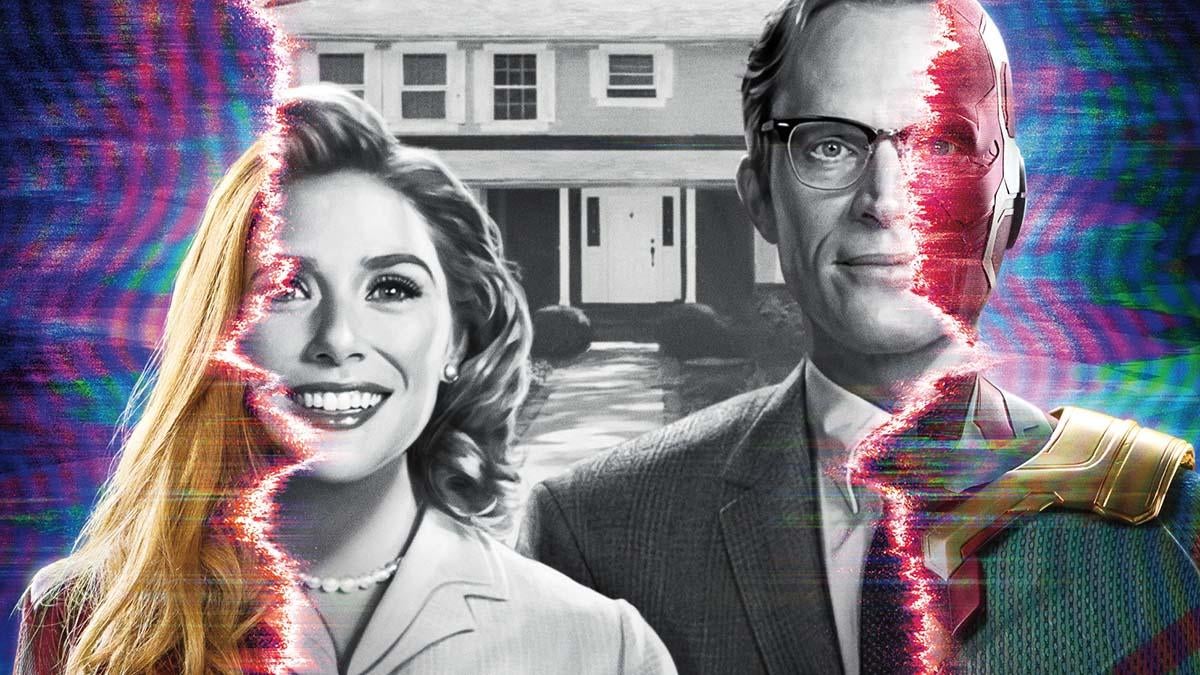
Because the Marvel Cinematic Universe (MCU) now focuses on various main characters, each with their unique viewpoints, it has made it possible for them to explore diverse narrative structures. The MCU has ventured into a variety of approaches, such as blending genres or using non-traditional storytelling techniques. Their narratives span from straightforward and concise to complex ones involving unreliable narrators.
Various movies within the Marvel Cinematic Universe explore diverse topics and styles, offering audiences the flexibility to select their preferred type of entertainment. For instance, “Captain America: The Winter Soldier” delves into political espionage and suspense, whereas “Ant-Man” is a blend of heist and comedy. Notably, “WandaVision” plunged into sitcom traditions, producing something remarkably distinctive, even within the expansive Marvel universe.
7) Redefining Victory & Final Battles
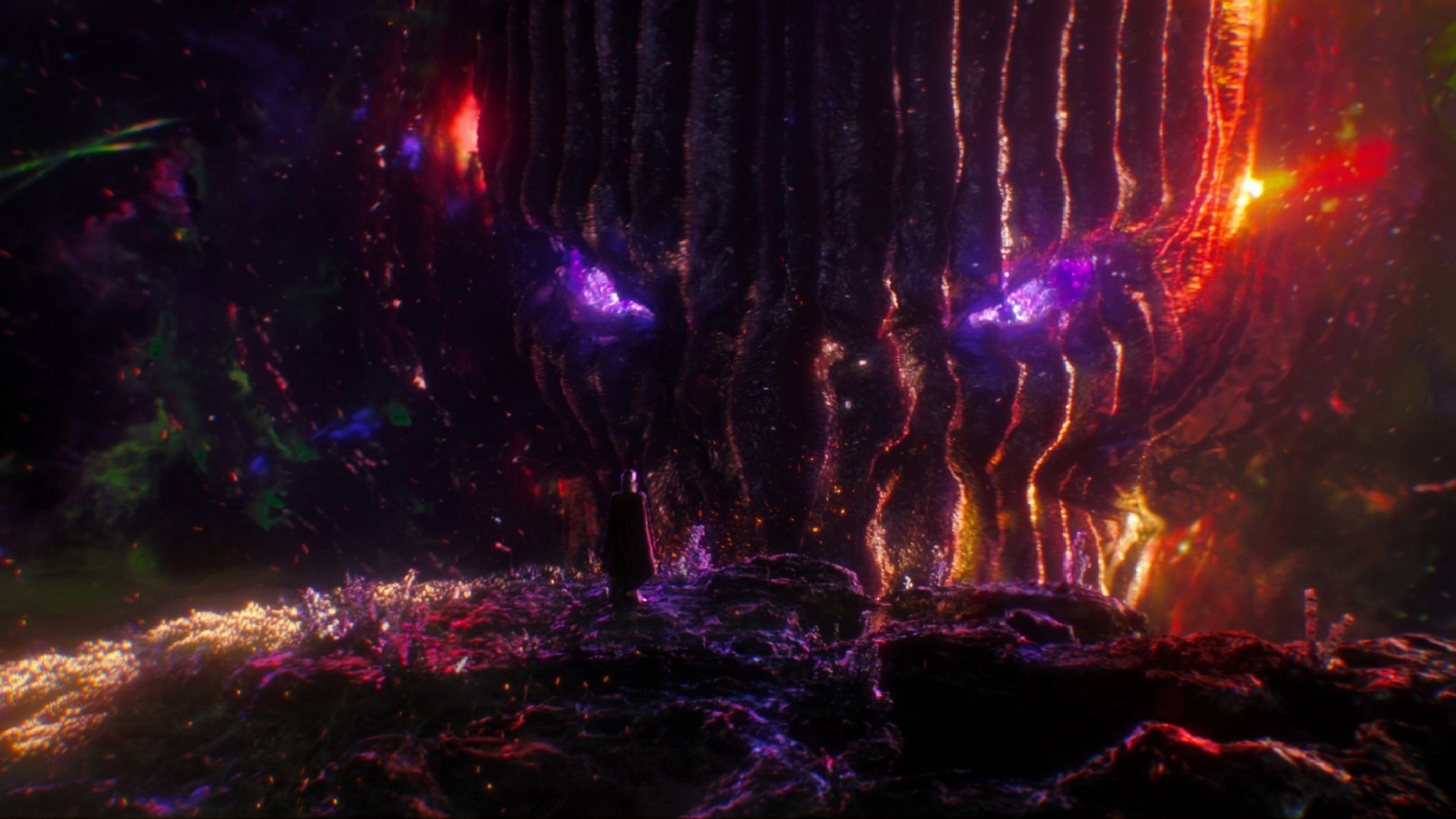
To wrap up, Marvel movies have an interesting approach to their climactic battles. Although many of their antagonists are eliminated during these conflicts, several manage to survive. This marks a change in the MCU as they’ve come to understand that not every villain can be permanently defeated. A great comic book villain requires time to develop and become more menacing. Consider the Kingpin as an example; his longevity makes him all the more threatening.
The Marvel Cinematic Universe (MCU) often explores unique hero narratives by sometimes altering the definition of triumph. A clear demonstration of this can be found in the movie, “Doctor Strange.” In this scenario, Doctor Strange, upon recognizing the immense danger that Dormammu presents and the insurmountable odds he faces, innovatively modifies the battle dynamics. Rather than rushing into an unwinnable situation, he arranges a loop of suffering and death. This unconventional approach ultimately crumbles the antagonist, leading to victory for him; Dormammu retreats from Earth. Although Strange didn’t triumph in the conventional sense, he did win.
In much the same way, incorporating a character like She-Hulk who interacts with the audience (breaking the fourth wall) significantly altered the game’s dynamics. She turned the tables, quite literally. Her grand finale poked fun at the traditional climactic battles, often characterized by excessive size and unnecessary complexity. By breaking the fourth wall, She-Hulk reclaimed her storyline, triumphing in one of the most unconventional experiences within the MCU. Conversely, Moon Knight opted for a different approach in its final battles, delving into a psychological realm that fostered emotional healing. Its concluding moments emphasized self-acceptance and inner tranquility.
https://comicbook.com/comics/news/5-x-men-villains-threaten-mcu-mr-sinister-apocalypse/embed/#
Read More
- Ashes of Creation Rogue Guide for Beginners
- Best Controller Settings for ARC Raiders
- Meet the cast of Mighty Nein: Every Critical Role character explained
- Eldegarde, formerly Legacy: Steel & Sorcery, launches January 21, 2026
- Fishing Guide in Where Winds Meet
- Netflix’s One Piece Season 2 Will Likely Follow the First Season’s Most Controversial Plot
- Bitcoin’s Wild Ride: Yen’s Surprise Twist 🌪️💰
- Avatar Fire and Ash Composer Simon Franglen Reveals The Secrets Of Making The Score As Immersive As The Visual Effects [Exclusive]
- Becca Kufrin Is Pregnant, Expecting Baby No. 2 With Thomas Jacobs
- Ella McCay Bombed At The Box Office, But There’s One Thing About It That Still Resonated With Me
2025-07-08 17:40